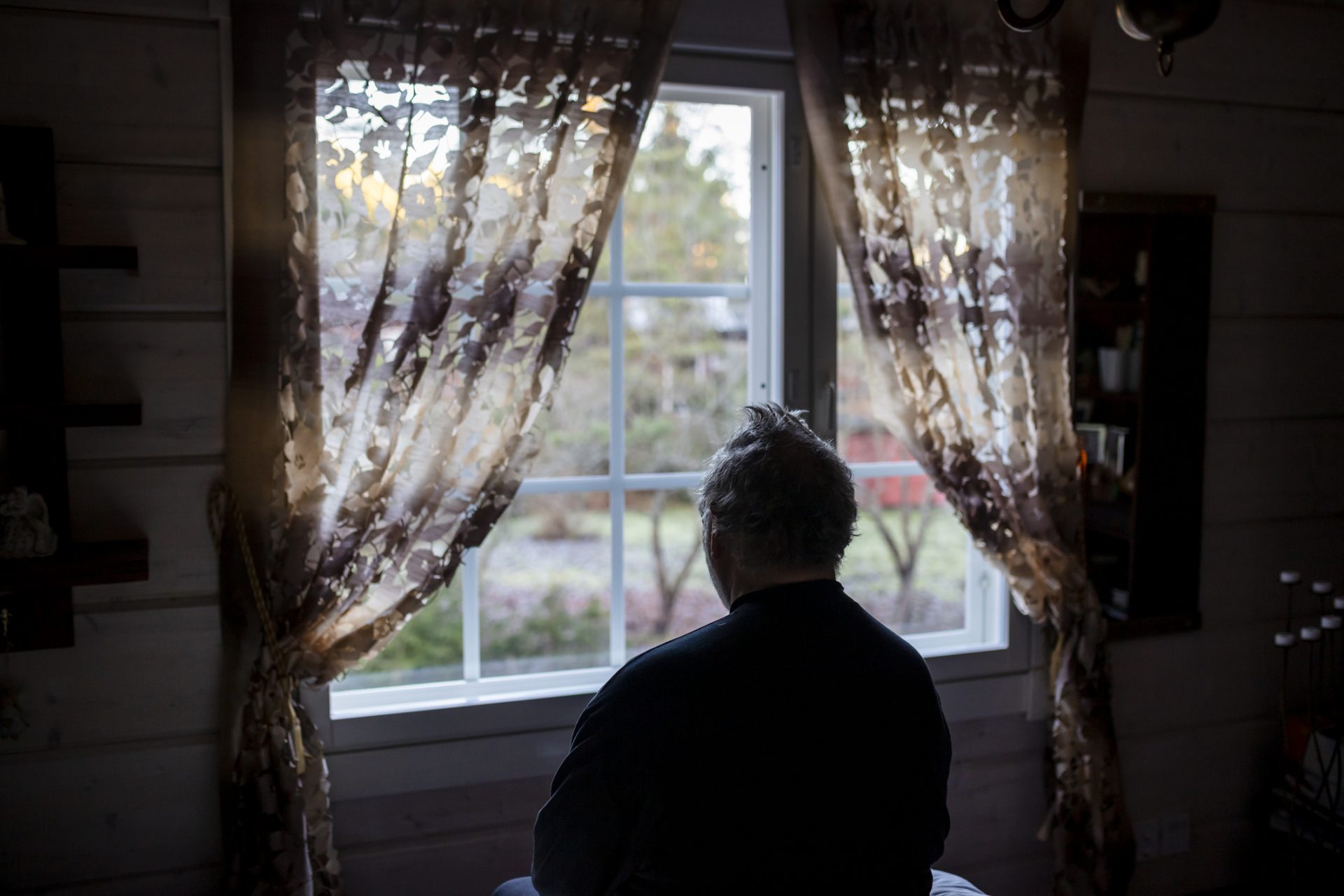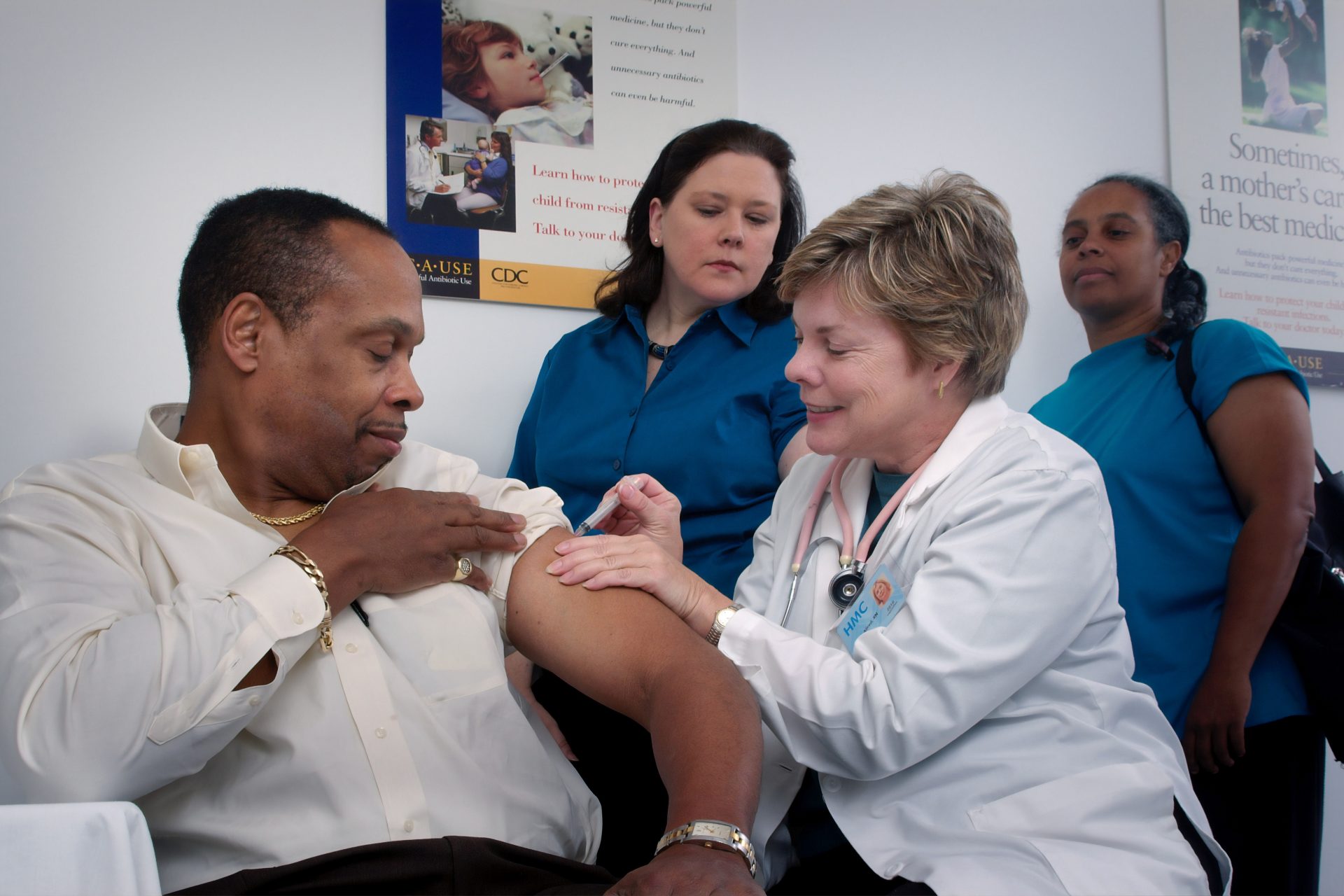Did you know that America has a widening life expectancy problem?
There has always been some disparity between men and women when it comes to death but researchers have found that the gap at which men die before women is growing larger in the United States.
New research has shown that the gap between male and female life expectancy at birth in the United States has widened to its largest margin in almost thirty years. So how bad is the problem? Let’s find out.
Women in the United States have tended to outlive their male counterparts over the last century and there are many reasons why some American females outlive their male counterparts, some of which might surprise you.
Previous research into the topic of American life expectancy has revealed women in the United States have suffered fewer incidents of cardiovascular disease and lung disease.
In 2020, Harvard University's DR. Robert H. Shmerling in a blog post about why some women lived longer than men that research had shown males died 50% more often from cardiovascular disease compared to women.
However, the average person might think that any life expectancy gap would be closing but this is far from the truth. The science actually shows the gap is getting much worse according to a study published in November 2023.
Published in the journal JAMA, the new study revealed that life expectancy from birth in the United States decreased for the second year in a row, and things were getting worse for men.
Researchers found that the life expectancy gap between men and women in the United States widened significantly to 5.8 years, up from the smaller 4.8 years that was reported in 2010.
American women were found to have had an average life expectancy from birth of 79.3 in 2021 compared to the relatively low number for American men at just 73.5 years.
Photo by Matt Bennett on Unsplash
The study looked at the effects of the global pandemic on society and found that it had a significant impact on the widening gap—followed by accidents, injuries, and poisonings.
Another major problem that affected the growing life expectancy gap between men and women was the high incidence of taking one’s own life among the U.S. male population.
A Harvard University press release on the research reported that shortening life spans among American men could be attributed in part to what it called “deaths of despair.”
The term “deaths of despair” refers to deaths that result from taking one’s own life, as well as medical conditions like alcohol liver disease or issues like drug use disorders.
Deaths of despair are often connected with complex personal problems and financial hardships in a person’s life that can lead to depression, stress, and poor behaviors.
“There’s been a lot of research into the decline in life expectancy in recent years, but no one has systematically analyzed why the gap between men and women has been widening since 2010,” explained the study’s first author Brandon Yan.
“While rates of death from drug overdose and homicide have climbed for both men and women, it is clear that men constitute an increasingly disproportionate share of these deaths,” the University of California San Francisco physician said in the press release from Harvard.
Interestingly, Yan and his fellow researchers reported the average U.S. life expectancy, which sat at 78.8 years in 2019 and 77.0 years in 2020, had fallen even further in 2021 to just 76.1 years.
“These trends should be a wake-up call that we can’t coast along toward better and longer lives,” University of Maryland sociologist Philip Cohen told Scientific American’s Lori Youmshajekian about the new research.
Cohen was not involved with the study but added: “We need real, substantial, and sustained attention to public health and health care in this country—and we need it yesterday.” This was a sentiment the study’s authors would agree with.
Photo by CDC on Unsplash
“We need to understand which groups are particularly losing out on years of life expectancy so interventions can be at least partially focused on these groups,” Yan explained to Azeen Ghorayshi of the New York Times.
Photo by Matheus Ferrero on Unsplash
The study’s authors noted their research did have some limitations, including the binary duality of their gender data. Moreover, life expectancy numbers for the country’s various geographic and demographic subgroups Smithsonian Magazine reported
Photo by Ioann-Mark Kuznietsov on Unsplash
More for you
Top Stories


































